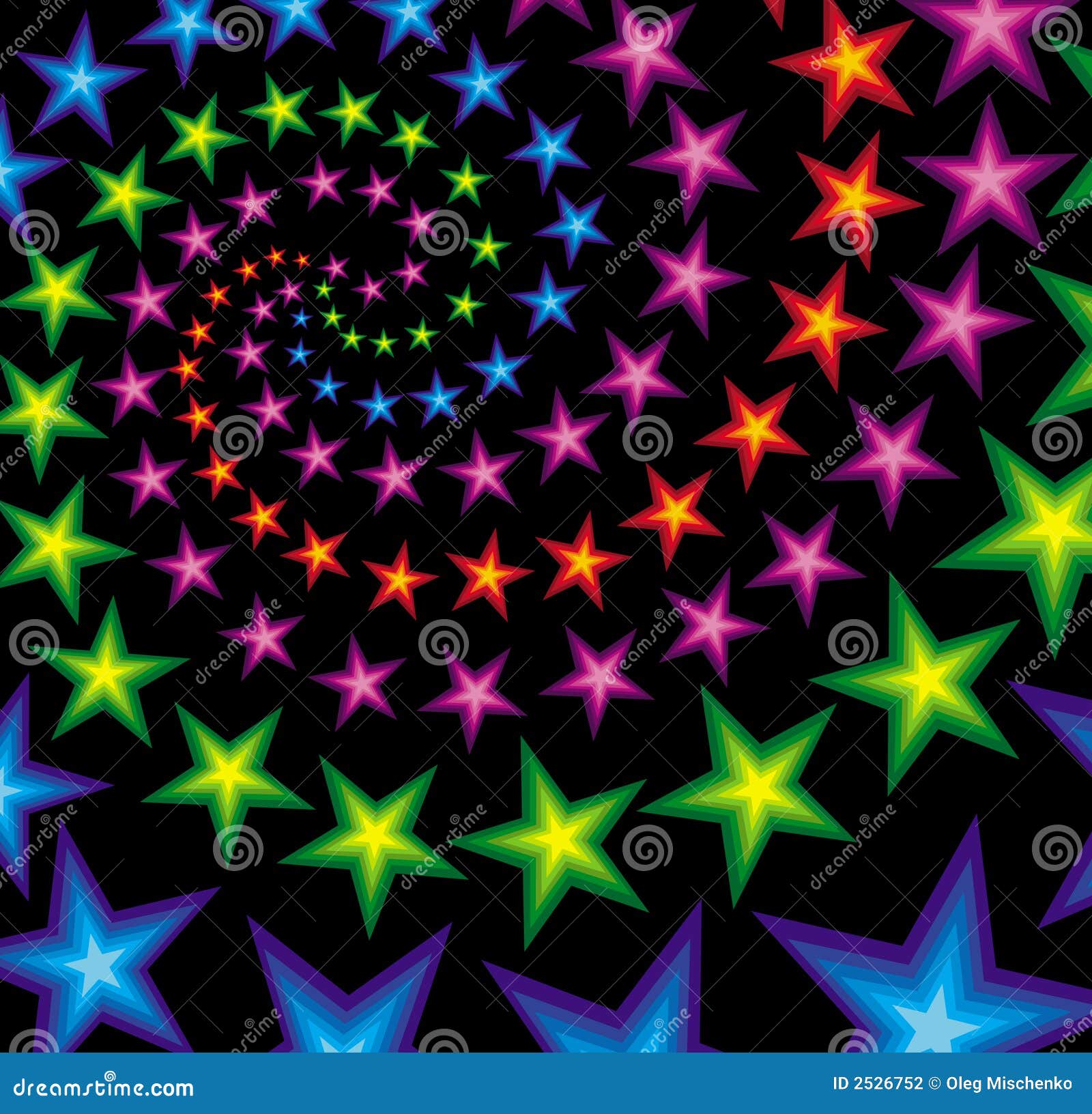



“Our work shapes models of planetary formation with a level of certainty and detail that is truly unprecedented.” The team also shows that this relation is not, as previously assumed, one-to-one. In a new research 2, published today in the prestigious journal Science, an international team 3 led by Instituto de Astrofísica e Ciências do Espaço ( IA 4 ) researcher Vardan Adibekyan established, for the first time, a correlation between the composition of rocky exoplanets with the composition of their host stars. However, so far the Solar System was our only available reference, for which we know that the composition of major rock forming elements, such as magnesium, silicon and iron, in the telluric 1 planets (with the exception of Mercury) is similar to that of the Sun. Because of their common origin, it was assumed that the composition of these building blocks and of low-mass rocky planets should be similar to the composition of their host stars. A fraction of the disk’s material condenses into planet-forming blocks, and the rest eventually falls into the star. Newly formed stars are surrounded by a protoplanetary disk. It shows that, although the composition between rocky planets and host stars does correlate, it is not one-to-one, as models previously assumed. Led by a researcher from the Instituto de Astrofísica e Ciências do Espaço (IA), this work was published today in the journal Science.


 0 kommentar(er)
0 kommentar(er)
